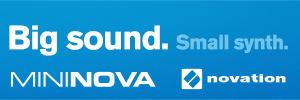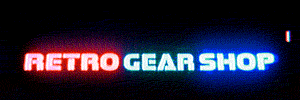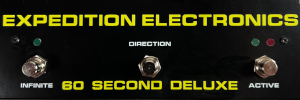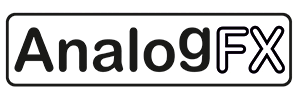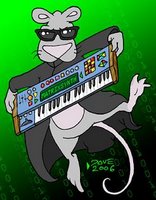Elhardt. Some of you may recognize the name. For those of you that do, it might conjure up a number of reactions, some good some bad. : ) He has been the source of a number of controversies and one grand spectacle in the synth world - the Bahn Sage. The Bahn Sage was probably the biggest synth spoof ever. I remember spending weeks with others trying to find more on this mystery synth. A photo showed up on the net and it quickly spread, followed by more, and finally a brochure that had people whipping out their Photoshop skills to analyze in detail. In the end it was a fake; a brilliant hoax.
Now Elhardt has be showcasing his amazing programming skills by conjuring up some of the most realistic acoustic examples of real life instruments with an Alesis ION, Andromeda A6, and MOTM modular. Is it real or is it another hoax like the Sage? Who knows. I'm inclined to believe these samples are real given the attention to detail with the Bahn Sage, and replications of real world instruments by synthesists such as Wendy Carlos in the past, but you never know, do you. His samples are pretty awe inspiring (check out the links to some of my previous posts below for some examples, specifically the realistic drum set).
Another controversial perspective on synthesis from Elhardt? Knobs are not performance controllers. They are used to edit and create sounds. That's it. If you want to control sounds while playing, use the dedicated performance controllers on the synth like the mod wheels and keyboard. : ) I like to play outside of the box myself. Regardless I am impressed by Elhardt, and I do appreciate his dedication to synthesis.
Recently Elhardt sent an email to AH on his perspective on synthesis. I asked him if it would be ok for me to post it and he said yes. Enjoy. Or not. : )
Elhardt on Synthesis:
"Following are all the reasons I like to do realistic emulations of reality.
1) There is nothing interesting about playing samples. Everbody is doing that. Buy a $200 Casio and it does it. The skill of synthesis is completely missing. An artist paints a landscape, he doesn't just snap a photo of it. Sample libraries make everybody sound the same. If everybody synthesized their own acoustic sounds, everybody would have a different style.
2) Sample libraries are so insanely huge and can't even be fully used in real-time. I'd have to spend weeks sifting through 35 Gig of string samples and articulations and go through days of intense sequencer/midi programming to get them to play in a realistic manner. I'd have to use them from a computer with bug-ridden software. Major sample libraries are never complete, and constant updates suck money from you for the rest of your life. It's all going in the wrong direction.
3) I want instruments that play like physically modeled instruments. I just call up one patch and play it expressively in real-time. Simple. I also want to do instruments I can't buy samples of, or create brandnew instruments never heard before.
4) BTW, I have a lot of sample libraries, and some of the instruments suck, sometimes it's just a few notes that suck, sometimes the attacks are too slow and they can't be played fast, there are mistakes made (like clicking noises in garritans trombones, or a mono sample within stereo samples and so on), there's the repetative nature of hearing the sample recording played everytime the note is played, and so on.
5) Synthesis died in the 80's, before anybody ever pushed it to its limits. That is unsatisfying to me. When I first heard Tomita, I thought he was synthesizing virtually everything. Through the years, I found out he was using real instruments, mellotrons, and other acoustic methods in places. I want to do what he didn't. When I do a CD, I want to say I created all those sounds. As synthesists, aren't we supposed to show those snobby acoustic musicians we don't need them or their sounds?
6) Acoustic sounds are complex and hard to synthesize. It demonstrates extreme skill, knowledge of sound, and totoal control over a synthesizer to accomplish the advanced and difficult programming to acheive some of those sounds. It requires coming up with new techniques and tricks which are challenging and have never been done before. We've been hearing awful string patches, corny brass patches, cheesy drum patches for decades now. I want to push subtractive synthesis to its limits to see what it can really do, even if it were for no other reason than to say, "see", it really can be done.
7) Doing spacey synth pads and sequenced bass lines and that stuff is all nice and good, and I create many patches like those myself. But those things are relatively easy to accomplish. They don't force you into extreme patches of a 100 modules or into using a 42 band filter bank and spending weeks to acheive something nobody else can seem to do. You can't do this stuff on a Minimoog or OB-8. So as Matthew pointed out, it's mostly unexplored terrain. And doing something for the first time is more motivating to me than doing things already done.
BTW, my latest Nord violin I believe sounds better than the Synful one over certain ranges of notes. After I make two more passes through the 42 band filter bank refining it, I think I may have a better sounding violin over the entire range. Though it still won't play as smoothy. I'm also back to working on my additive string synth for the winter. The one I started working on before Synful hit the market and took some of the wind out of my sail."
Some previous posts on Elhardt:
http://matrixsynth.blogspot.com/2005/08/bahn-sage.html
http://matrixsynth.blogspot.com/2005/12/alesis-ion-ralistic-drum-kit.html
http://matrixsynth.blogspot.com/2005/11/alesis-ion-demos-by-kenneth-elhardt.html
http://matrixsynth.blogspot.com/2005/11/alesis-andromeda-a6-and-motm-demos-by.html
http://matrixsynth.blogspot.com/2005/11/alesis-andromeda-a6-samples-by-kenneth.html
Showing posts sorted by relevance for query elhardt. Sort by date Show all posts
Showing posts sorted by relevance for query elhardt. Sort by date Show all posts
Monday, December 19, 2005
Monday, December 05, 2011
John Bowen Solaris Modular Comparisons via Elhardt
 Below are some notes on the John Bowen Synth Design Solaris posted on the AH email list by Kenneth Elhardt, reposted here with Elhardt's blessing. One thing that can be argued as standing out the most on the Solaris is it's ability to freely rearrange various components of the synth engine. Typically synths have a basic signal path that goes something like this: oscillator --> mixer --> filter --> output, with various modifiers for each section. Not so with the Solaris. The Solaris is a bit closer to a modular. The beauty of a modular is that you typically have each component of the sound creation process as a separate module with input and output jacks that can be arranged however you like. You connect the various inputs and outputs of modules with patch cords. Apparently the same concept applies to the Solaris, minus the cords of course.
Below are some notes on the John Bowen Synth Design Solaris posted on the AH email list by Kenneth Elhardt, reposted here with Elhardt's blessing. One thing that can be argued as standing out the most on the Solaris is it's ability to freely rearrange various components of the synth engine. Typically synths have a basic signal path that goes something like this: oscillator --> mixer --> filter --> output, with various modifiers for each section. Not so with the Solaris. The Solaris is a bit closer to a modular. The beauty of a modular is that you typically have each component of the sound creation process as a separate module with input and output jacks that can be arranged however you like. You connect the various inputs and outputs of modules with patch cords. Apparently the same concept applies to the Solaris, minus the cords of course.via Elhardt (be sure to read my note on the Oscillators and Rotors further below):
"Since John Bowen reads my posts on AH, I'll have to give you a positive biased rundown. :-) Almost every possible thing you can think of can act as a mod source to just about anything else, including external audio inputs (there are 4 of them) and virtually any component in the synth. So you could mix two Supersaw waves, run them through a filter and use that to modulate an Osc. Virtually everything can become an audio input to anything else, so you could take that above example and run it through a ring modulator. It has 4 simultaneously available filters (each with its own VCA) and mixers, each with a choice of what you want going into them, meaning you can configure them anyway you want without limits, just like a modular synth. There are lots of filter types. 4 lag processors are provided that you can use to smooth out any signal which I'm currently using to provide analog drift to the Osc's, though analog drift may be a future feature. I used the included envelope follower with a Mic to get an expressive Mic controlled trumpet sound. Because of the number of VCOs, filters, VCAs, LFOs and EGs, sounds that required a bi-timbral synth can be done on a single Solaris voice.
I'm also liking the way the OS and patches are all stored on a Compact Flash card. This means no more limits as to how many presets you have available to you. If you have 2000 sounds, then they're all there on the synth. It also makes it easy to back up patches on computer and easy to upgrade the OS because [there's] no more need to connect Midi to a computer, pull up a sequencer, and send streams to data back and and forth. I'd like to see more companies use this method.
-Elhardt"
With that in mind, one thing I thought worth pointing out here is that the Solaris has four oscillators, and each oscillator can have a completely different type of sound source including standard analog modeled waveforms, Prophet VS waveforms, Waldorf and PPG wavetables, samples and more. Via the specs page:
"Four (4) oscillators. Each can be of the following types:
MultiMode (standard waveshapes, combinations, plus saw stack)
WaveTable (wavetables 1-64 from the Waldorf Microwave synthesizers) [1 - 30 are PPG]
Sample playback (.raw format)
CEM VCO chip model (like those used in the later Rev. 3.x versions of the Prophet 5)
All of the waveforms used in the Prophet VS
(temperature stable) model of the oscillator used in the MiniMoog."
There is also a new form of synthesis called Rotors "Two (2) rotors which are special sound sources, implemented as a looping wavesequence of four (4) assignable inputs, played successively." In short think of a sequencer you can assign to trigger any sound source which you can speed up to the point it oscillates and produces sound. You can watch John Bowen give an example of it at the PNW SynthFest starting at 9:28 in this video (the link should take you to the 9:28 mark). You can also find some audio demos on the Solaris samples page starting with sample #5.
As for other components / "modules" on the Solaris, you can find the complete (massive) spec list on http://www.johnbowen.com/.
Now take all that and think of how you can apply it in a flexible modular fashion.
One synth the Solaris frequently gets compared to in interface is the Oberheim Matrix-12. The Matrix-12 has a reputation for being highly modular in editing as well. It might be worth doing some digging to see which is more flexible.
Be sure to also check out Elhardt's first audio demo of the Solaris here.
Friday, October 15, 2010
Sound Design Samples by Kenneth Elhardt
click here for some samples of sounds designed by Ken Elhardt. As of this post you'll find samples for the Alesis ION, Andromeda A6 and Roland Jupiter-8. If you click on the Elhardt label below you'll find some previous posts with more samples and some of his own synth creations.
Thursday, October 02, 2008
Custom Printed Moog Stickers and a Polymoog Case

via Elhardt on AH:
"Since I'm going to be parting out my Polymoog, I figured my lid which is in almost new condition might be something somebody would want to buy to make their Polymoog look new. However, since day one that back Moog sticker was all scraped up (this was Moog's NAMM demo) making that part not look new.
So I spent several hours in Corel Draw, measuring and drawing up a new Polymoog sticker to replace the one there. Since the print shop has a minimum order cost, I had to print a bunch of extras including different sizes and colors, plus I went with the additional high-gloss laminated coating over the top which looks beautiful. Printed on Orajet vinyl stickers. So if anybody needs Moog stickers to replace damaged or missing ones on either a Polymoog, the back of a Multimoog or to replace the missing plastic logo on the front of a Multimoog, or if you just want a Moog bumper sticker, or to put Moog stickers on other manufacturer's gear to increase its value to Moog vintage prices, or for any other reason, then here's pricing and sticker details below. Note, if for some reason there's more of a demand than I expected, I can always have more printed up, including other sizes too, and even possibly with user requested text put right in the sticker, such as your name, synth SN#, etc.
Minimum order $6 Paypal, free mailing to US (and probably free to Canada and
Europe assuming mailing a letter isn't outrageous)
(1) $6, Polymoog Sticker 7" x 2-3/8" with the rounded rectangle around the edge. I have several in black, and one each in the colors at picture below. (2) $6, Polymoog Sized Sticker but without the white rectagular boarder. White logo, black backgrount. Looks stately without being pretentious.
(3) $4, Multimoog Back Side Sticker, Moog text is 4-3/16". Black background, White logo.
(4) $2, Multimoog Front Logo Plate Sticker Replacement, Moog text is 2-1/2" wide. Black background, White logo.
If your interested in purchasing, email me what you want so I can see if I still have any left.
-Elhardt"
Update: If you are interested you can contact elhardt, same name at att.net.


Wednesday, January 09, 2008
Sunday, January 20, 2008
Elhardt Synth Sounds Dissected
via Elhardt on AH. This is a follow up to the previous Elhardt posts.
"Since I am trying to reassemble my MOTM tracks of a train passing by to sync up to video of real trains, I might as well put up an MP3 where the separate tracks/sounds can be heard by themselves for those who are curious as to what makes up the final recording. It was all done on the MOTM modular synth plus about 5 different effects devices.
MOTM train dissected is here.
MOTM train with all sounds mixed together (has been posted before, but here for reference or new to those who haven't heard it).
Also, I was in the middle of a dialogue on another synth forum talking about the Alesis A6 when some people interrupted our conversation and also mailed to my inbox saying they didn't believe my A6 sounds (liquids and sitar) were synthesized, accused me of being a possible fraud, and they were going to spread the word that I fake synth demos unless I proved otherwise by posting the patches. I didn't have patches on my computer to send, nor did I really want to, so I recorded those sounds with me turning random knobs on the A6 to prove they're from the synth just to shut them up. I might as well get more use out of that mp3 before I pull it down in a few days since I've had some on this list make the same ridiculous accusations, so if you want to hear it, don't delay.
Here were the original demos they heard and questioned:
http://home.att.net/~synth6/MOTM_A6_Indian.mp3
http://home.att.net/~synth6/A6_Pouring_Water.mp3
http://home.att.net/~synth6/A6_Boiling_Liquid.mp3
Here is me turning knobs and showing they're synthesized. Note that the sitar sounds kind of out of tune as I had just turned on my A6:
"Since I am trying to reassemble my MOTM tracks of a train passing by to sync up to video of real trains, I might as well put up an MP3 where the separate tracks/sounds can be heard by themselves for those who are curious as to what makes up the final recording. It was all done on the MOTM modular synth plus about 5 different effects devices.
MOTM train dissected is here.
MOTM train with all sounds mixed together (has been posted before, but here for reference or new to those who haven't heard it).
Also, I was in the middle of a dialogue on another synth forum talking about the Alesis A6 when some people interrupted our conversation and also mailed to my inbox saying they didn't believe my A6 sounds (liquids and sitar) were synthesized, accused me of being a possible fraud, and they were going to spread the word that I fake synth demos unless I proved otherwise by posting the patches. I didn't have patches on my computer to send, nor did I really want to, so I recorded those sounds with me turning random knobs on the A6 to prove they're from the synth just to shut them up. I might as well get more use out of that mp3 before I pull it down in a few days since I've had some on this list make the same ridiculous accusations, so if you want to hear it, don't delay.
Here were the original demos they heard and questioned:
http://home.att.net/~synth6/MOTM_A6_Indian.mp3
http://home.att.net/~synth6/A6_Pouring_Water.mp3
http://home.att.net/~synth6/A6_Boiling_Liquid.mp3
Here is me turning knobs and showing they're synthesized. Note that the sitar sounds kind of out of tune as I had just turned on my A6:
Monday, August 03, 2009
Polymoog 3-Band Resonator for Sale/Auction

via Elhardt on the Moog Forum
"I've been going back and forth as to whether I want to sell this thing because even though that was my original intention, the end result is a beautiful, one-of-a-kind, stand-alone unit, that I put quite a bit of work into extricating from my Polymoog and getting it built. It's essentially a 3 Band Variable Formant Filter for all kinds of tonal modifications, similar to the Polyfusion module that somebody just put up on ebay, but the Polymoog Resonator can also switch the filters into lowpass and hipass modes in addition to bandpass, and it covers a greater range of frequencies. See links for Polyfusion comparison:
[http://matrixsynth.blogspot.com/2009/08/rare-polyfusion-modular-moog-format.html - note the original link went to the Polyfusion formant filter auction, but that will expire in time so I added the post link]
http://www.flickr.com/photos/matrixsynth/30931197/
I was originally going to put it up at $550 + shipping (Paypal preferred, I'm located in Cary, NC and can also be picked up for cash), but the only way to give more people a shot at buying it, since there's only one of these on the planet, is to allow them to bid on it if they want to pay more than that amount. So it goes up here at the initial bid of $550. If somebody offers that amount and nobody else bids, it's yours. I'll give it about a week (bid increments of a minimum of $10). For anybody not a member of the Moog Forum, you can email me with a bid and I can post that to the thread. If it doesn't sell, it will probably go on ebay, or maybe I'll end up keeping it for a while. A bunch of pictures are at the link below, and it includes everything you see in the 3rd photo down (Resonator, Power Supply, and a couple of 1/4" cables).
http://matrixsynth.blogspot.com/search?q=polymoogerfooger [Note this is a search on polymoogerfooger which will bring up this post as well. The prior two posts are here and here].
I can be contacted at my last name, which is my Moog Forum user name, same as my last name, followed by @att.net (just to avoid those internet scanning spambots) for those not registered on the Moog Forum who might have questions or want to bid.
-Ken Elhardt"
Thursday, December 29, 2011
Friday, January 06, 2012
Wednesday, November 30, 2011
John Bowen Solaris Demo1 Elhardt(192)
"I have a Solaris on loan and have been learning my way around it for the past two weeks. Figured I'd just throw down a few tracks to demo a few sounds I've come up with. No Waldorf or VS wavetables were used, it's all subtractive synthesis.
There are three short snippets of Stairway to Heaven, Baba O'Riley, and some U2 style maneuvers based around chords from Where The Streets Have No Name. All played by hand without a click track. Excuse the Baba O'Riley marimba repeat organ sound as I used echo in there to fill in missing notes in the difficult to play double strike main sound and so it's a little messy. Normally it should be sequenced. I'll do better demos after I create more sounds."
http://www.johnbowen.com/
Tuesday, November 11, 2008
Stand-Alone Polymoog Resonator - (Polymoogerfooger)

via Elhardt on AH: "Preliminary pictures of a one-of-a-kind stand alone Polymoog 3 Band Resonator. Just one more thing my defunct Polymoog synth produced as I don't believe in wasting any part of a Polymoog. It makes a great external processing unit. After I get the finishing parts from Mouser, it will also have a red/green bypass/enable LED on the front panel and will probably go up for sale or auction if I can manage to part with it.
-Elhardt
Bahn Audio Systems Custom Design Division"
Saturday, January 03, 2009
Polymoog Coffee Table Graphics

via Elhardt:
"In case anybody wants nice scalable graphics I drew up of the Polymoog synth's panel, I have pdf file links below. It's what I used for my coffee table. It took probably 2 to 3 full days of constant measuring and drawing in Corel draw. It's good for reference or you can send the file straight to your local printer and print a full size image to hang on your wall.
The 1st file I used the include fonts option option, but I never know for sure whether they're in there, or whether it's still using the fonts in Windows. It looks better on the screen at smaller sizes than the 2nd. The 2nd file is the same thing, but with fonts converted to curves, so it doesn't rely on fonts at all. That's what Express Printing told me to send them. The 3rd file is the same as the 2nd, but with the keyboard included, so for those who might want to make a polymoog coffee table, I've just saved you a bunch of work.
http://home.att.net/~elhardt3/PolymoogPanel_Fonts.pdf
http://home.att.net/~elhardt3/PolymoogPanel_Curves.pdf
http://home.att.net/~elhardt3/PolymoogPanelKeyboard_Print.pdf
-Elhardt"
mirrored here
Wednesday, May 16, 2012
Alesis Andromeda 2011 Demos & the Custom Alesis Aurora
YouTube Uploaded by JupiterSynth on Feb 27, 2011
"Demo of Alesis Andromeda analog synthesizer. Its power is simply impressive...Andromeda can sound like many of the famous vintage synthesizers and also different from all others. In these 10 minutes I could only cover a very very small fraction of its capabilities. Sound quality might not be very good due to the relatively poor recording equipment. Photos of my own A6 with modified side pannels.Enjoy !"
Alesis Andromeda 2011 Demo Part 2
Uploaded by JupiterSynth on Nov 21, 2011
"Part 2 of the Alesis A6 demo. Most of the patches used this time are made by myself. Hope you like it...Enjoy!"
The custom A6 pictures is the Alesis Aurora. You can find another custom tilted panel A6 here.
Update: Part of me wondered if it was an Elhardt hoax. some of you might remember the SMS 2000: here and here to start, as well as the Bahn Sage. See the Seekers and Bahn labels under each for follow-up posts if interested or the KH label. Yes I actually created a label for his antics.
Update via urge in the comments: "I can guarantee that the Aurora isn't an Elhardt hoax as its sitting in my studio.I purchased it from Khris a few years back; the top panel with the joystick and mixer section doesn't exist...."
Wednesday, December 24, 2008
Me & TC Helicon Singing Christmas Tunes
via Kenneth Elhardt on AH:
"Christmas related T.C. Helicon demos I several months back.
Short demo showing how to get a larger choir sound out of a T.C. Helicon Quintet being used like a vocoder.
http://home.att.net/~elhardt4/TCHelicon_RealtimeChoir.mp3
This demo was done monophonically overdubbing one voice at a time. 4 part polyphony, each part overdubbed 3 times for a total of 12 tracks/people.
http://home.att.net/~elhardt4/TCHelicon_OComeAllYeFaithful.mp3
An earlier test of my trying to sound like a boys choir, but do to not using compression there's a lot of unevenness, and it didn't turn out sounding like a big group. But since it's related to the Christmas season, what the hell.
http://home.att.net/~elhardt4/TCHelicon_Jerusalem.mp3
-Elhardt"
"Christmas related T.C. Helicon demos I several months back.
Short demo showing how to get a larger choir sound out of a T.C. Helicon Quintet being used like a vocoder.
http://home.att.net/~elhardt4/TCHelicon_RealtimeChoir.mp3
This demo was done monophonically overdubbing one voice at a time. 4 part polyphony, each part overdubbed 3 times for a total of 12 tracks/people.
http://home.att.net/~elhardt4/TCHelicon_OComeAllYeFaithful.mp3
An earlier test of my trying to sound like a boys choir, but do to not using compression there's a lot of unevenness, and it didn't turn out sounding like a big group. But since it's related to the Christmas season, what the hell.
http://home.att.net/~elhardt4/TCHelicon_Jerusalem.mp3
-Elhardt"
Saturday, October 28, 2006
Kinetic Sound Prism Demo?
Remember the Kinetic Sound Prism? Title link takes you to a 3.99M demo according to Elhardt. The question mark? Well Elhardt is the man who brought us the Bahn Sage, and is suspect number one on the SMS 2000, so...
"The following excerpt is a mp3 I recorded off of the Prism demo tape. As
can be heard, it's probably a better advertisement NOT to spend $30K on this
synth. It doesn't seem to be making any kinds of sounds that couldn't be
done on something like a Prophet-5, except that with the polyphony and
multitimbral capabilities, maybe it can be done without multitracking. And
by the time the Prism appeared, NED had added sampling to the Synclav, and
there was the Fairlight. Both with demo tapes that made you want to buy
them. If I can find somebody to host large MP3 files, I can record those
demo tapes too.
I should point out also, that bubble memory was not a useless or obsolete
technology. It maintains memory on power down without battery backup, just
as my Apple ][ bubble memory card has been doing for the past 25 years, and
might be able to do so even with an EMP from a nuclear bomb. Bub mem was
still being sold up into the 90's in the form of RAM Disc computer cards.
Maybe still is."
Wednesday, July 19, 2006
Ken Elhardt's Studio
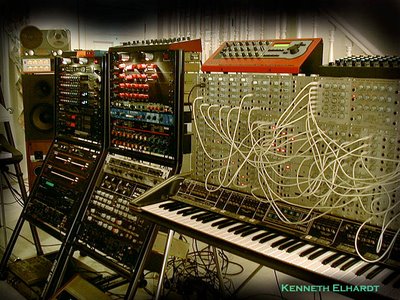
With all this talk about Elhardt possibly behing behind the SMS 2000, I thought I'd put up a post on his studio.
Thursday, July 06, 2006
The SMS 2000 - New Flickr Shots
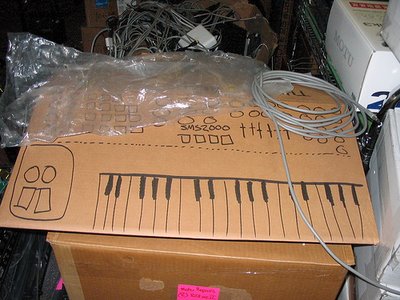
flickr by synthfan_bob. Title link takes you to more.
Update: New touched up shot via Elhardt in the comments.
Update: Note the name on the badge. Thanks Elhardt. : )
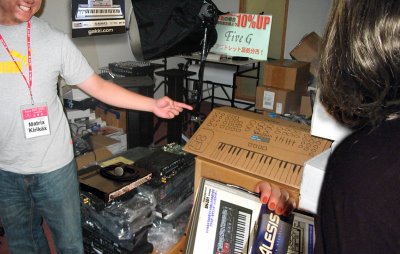
Friday, March 17, 2006
Jupiter 6 Does Freebird
Another from Elhardt. Title link takes you to the MP3. Has to be heard to be believed. I have no idea how he does it....
"The entire demo is all JP6 through the Johnson J-Station amp simulator,
except the bass which is straight JP6 by itself. No other keyboards or
synths used.
-Elhardt"
"The entire demo is all JP6 through the Johnson J-Station amp simulator,
except the bass which is straight JP6 by itself. No other keyboards or
synths used.
-Elhardt"
Tuesday, November 22, 2005
Alesis Andromeda A6 and MOTM Demos by Kenneth Elhardt
If the links below do not work, try https://skydrive.live.com/?cid=642528F1BD8958CC&sc=documents
Via Kenneth Elhardt on AH. Enjoy.
"Andromeda and MOTM sound effects and Misc."
(0:06) This is your head sticking up just above some stereo boiling liquid.
http://home.att.net/~synth6/A6_Boiling_Liquid.mp3
(0:04) Here is in impression of somebody pouring a bit of water into a cup.
http://home.att.net/~synth6/A6_Pouring_Water.mp3
(0:24) I was creating a string sound for a Greek style folk dance I was
making up when I did a few mods to make it more sitar-like.
http://home.att.net/~synth6/A6_SemiSitar.mp3
(0:36) Needs to be played loud. This is what a diesel train sounds like out
here when one passes by, synthesized on the MOTM modular. Sounds range from
the train horn to the sqeaks, scrapes, and sounds shaking and rattling box
cars flying by.
http://home.att.net/~synth6/MOTM_Train.mp3
Via Kenneth Elhardt on AH. Enjoy.
"Andromeda and MOTM sound effects and Misc."
(0:06) This is your head sticking up just above some stereo boiling liquid.
http://home.att.net/~synth6/A6_Boiling_Liquid.mp3
(0:04) Here is in impression of somebody pouring a bit of water into a cup.
http://home.att.net/~synth6/A6_Pouring_Water.mp3
(0:24) I was creating a string sound for a Greek style folk dance I was
making up when I did a few mods to make it more sitar-like.
http://home.att.net/~synth6/A6_SemiSitar.mp3
(0:36) Needs to be played loud. This is what a diesel train sounds like out
here when one passes by, synthesized on the MOTM modular. Sounds range from
the train horn to the sqeaks, scrapes, and sounds shaking and rattling box
cars flying by.
http://home.att.net/~synth6/MOTM_Train.mp3
Alesis Andromeda A6 Samples by Kenneth Elhardt
Via Kenneth Elhardt on AH. Wow. Enjoy. No title link, everything below.
Demos have moved here: https://skydrive.live.com/?cid=642528F1BD8958CC&sc=documents
"Here are some Carlos/Baroque style demos. All were done on the Andromeda.
The only onboard effect used was delay, the only post effects were reverb,
bass/treble, and some EQ on the Timpani. The time for each is given, so you
can figure out the file size from there if download time is an issue. About
512K for 0:30 seconds. And as always, every note was played by hand. No
sequencers, midi files, or half speed recording was used."
(1:30) I get annoyed when people repeat pieces Carlos has already done
instead of something new, but I had to use one of those Scarlatti sonatas
myself because its structured in a way that seems to best allow a variety of
timbres to be shown. This is the most colorful of the lot. The point was for
me to try out my Andromeda W.Carlos soundset and see if I'm on the right
track. 2 oscs per voice and subpar filters are quite a limitation when doing
Carlos impressions, though mix mode does help in the few places I used it.
Please ignore the slight flub at 0:47.
http://home.att.net/~synth6/A6_Scarlatti.mp3
(0:20) I don't have the music score for this one, so I faked it.
http://home.att.net/~synth6/A6_Monteverdi.mp3
(0:39) The point of this piece was to go from the solo instrument to full
out complex and energetic polyphony that hits you at 0:13.
http://home.att.net/~synth6/A6_Bach_Fast.mp3
(1:50) I wanted to try a slow movement that's kind of loose sounding.
http://home.att.net/~synth6/A6_Bach_Slow.mp3
(0:39) Timpani is the only acoustic mimicry here.
http://home.att.net/~synth6/A6_Bach_Gavotte.mp3
Demos have moved here: https://skydrive.live.com/?cid=642528F1BD8958CC&sc=documents
"Here are some Carlos/Baroque style demos. All were done on the Andromeda.
The only onboard effect used was delay, the only post effects were reverb,
bass/treble, and some EQ on the Timpani. The time for each is given, so you
can figure out the file size from there if download time is an issue. About
512K for 0:30 seconds. And as always, every note was played by hand. No
sequencers, midi files, or half speed recording was used."
(1:30) I get annoyed when people repeat pieces Carlos has already done
instead of something new, but I had to use one of those Scarlatti sonatas
myself because its structured in a way that seems to best allow a variety of
timbres to be shown. This is the most colorful of the lot. The point was for
me to try out my Andromeda W.Carlos soundset and see if I'm on the right
track. 2 oscs per voice and subpar filters are quite a limitation when doing
Carlos impressions, though mix mode does help in the few places I used it.
Please ignore the slight flub at 0:47.
http://home.att.net/~synth6/A6_Scarlatti.mp3
(0:20) I don't have the music score for this one, so I faked it.
http://home.att.net/~synth6/A6_Monteverdi.mp3
(0:39) The point of this piece was to go from the solo instrument to full
out complex and energetic polyphony that hits you at 0:13.
http://home.att.net/~synth6/A6_Bach_Fast.mp3
(1:50) I wanted to try a slow movement that's kind of loose sounding.
http://home.att.net/~synth6/A6_Bach_Slow.mp3
(0:39) Timpani is the only acoustic mimicry here.
http://home.att.net/~synth6/A6_Bach_Gavotte.mp3
NEXT PAGE
HOME

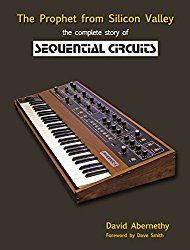
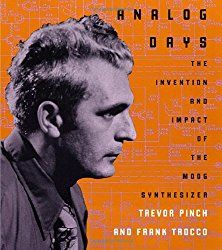
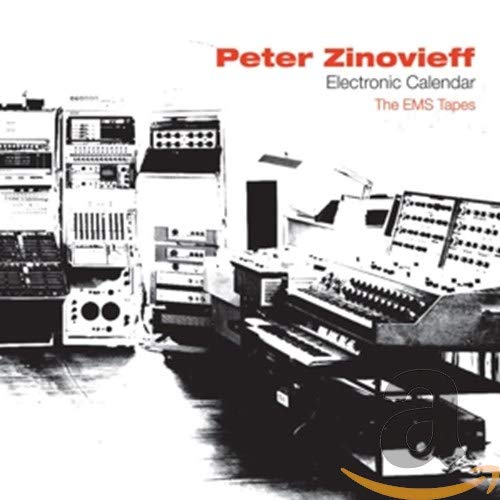
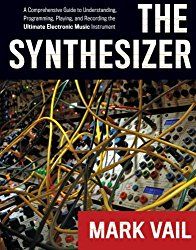
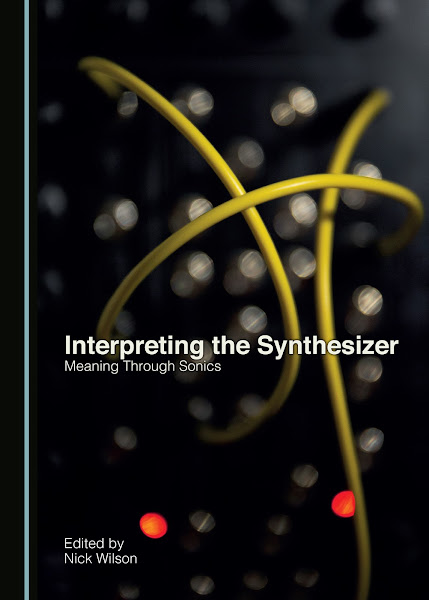
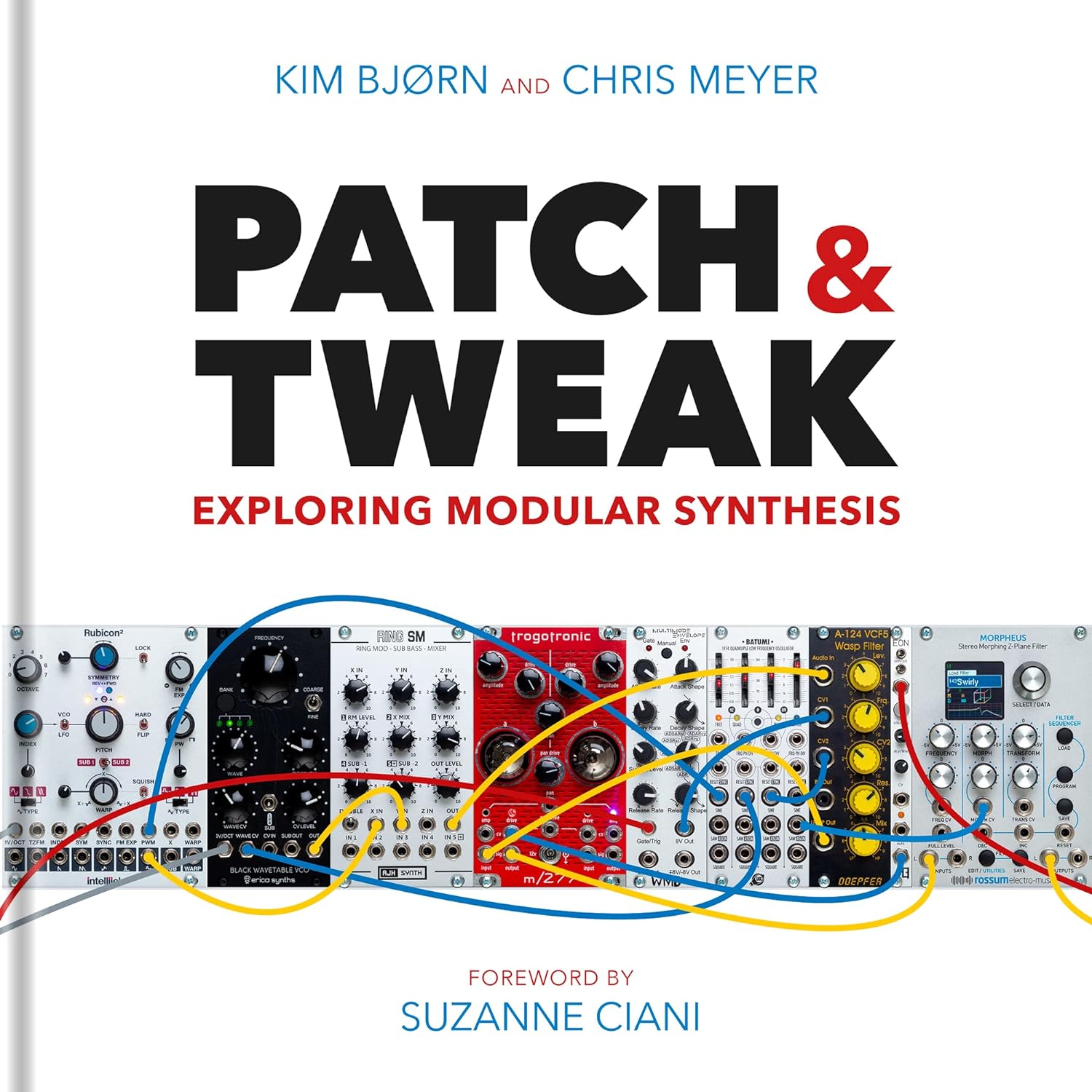
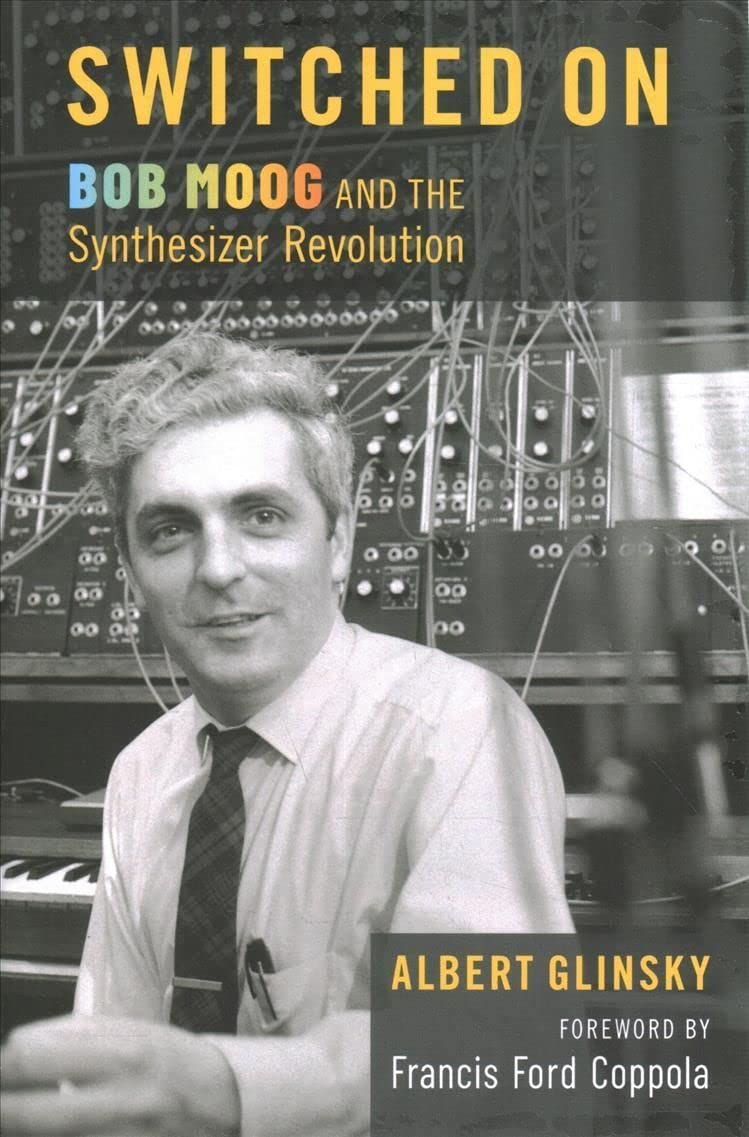
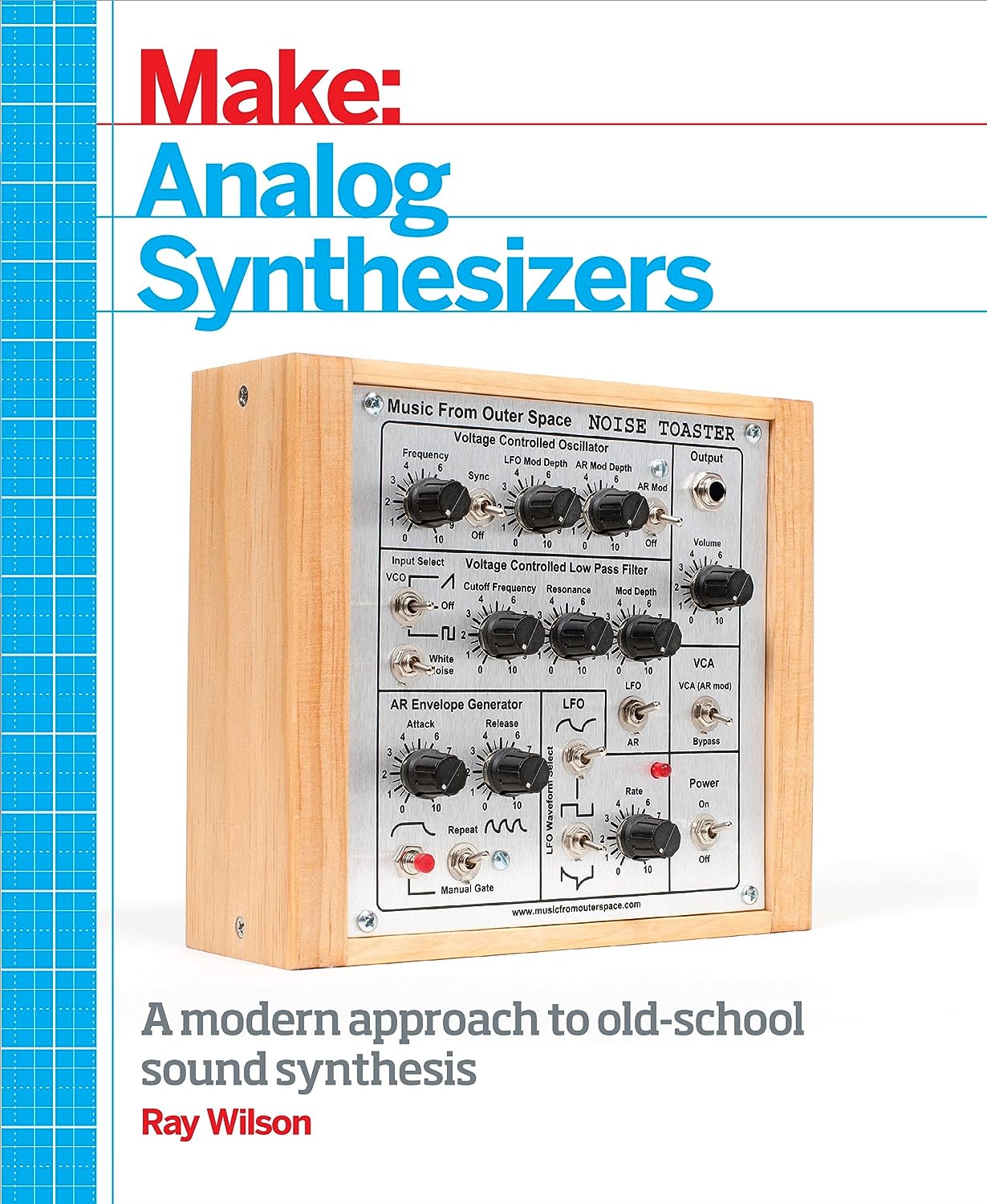
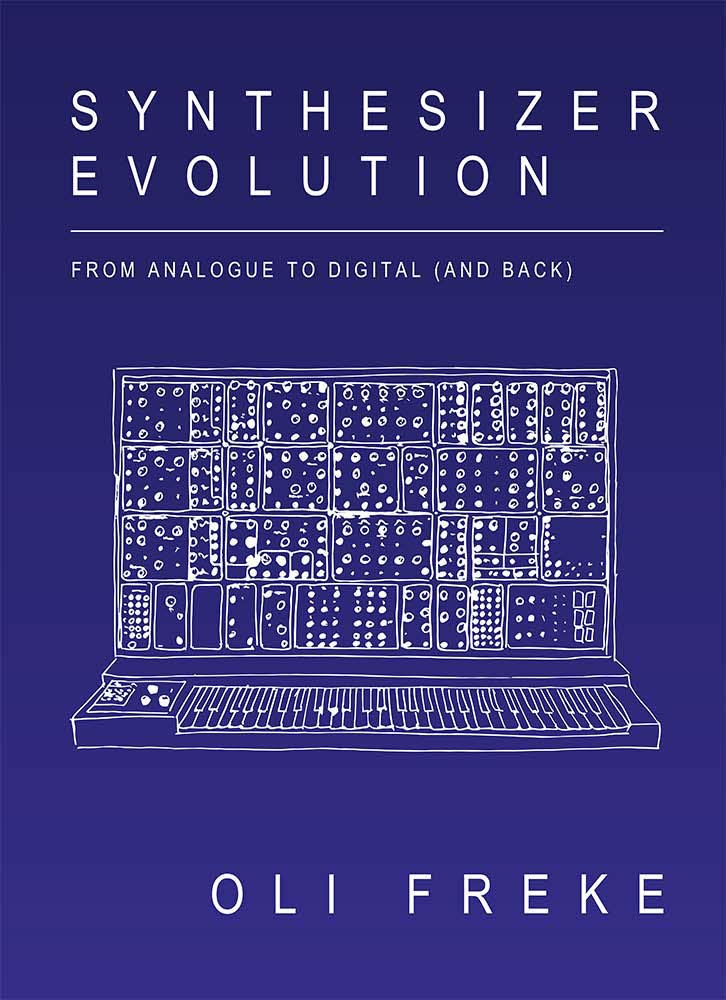
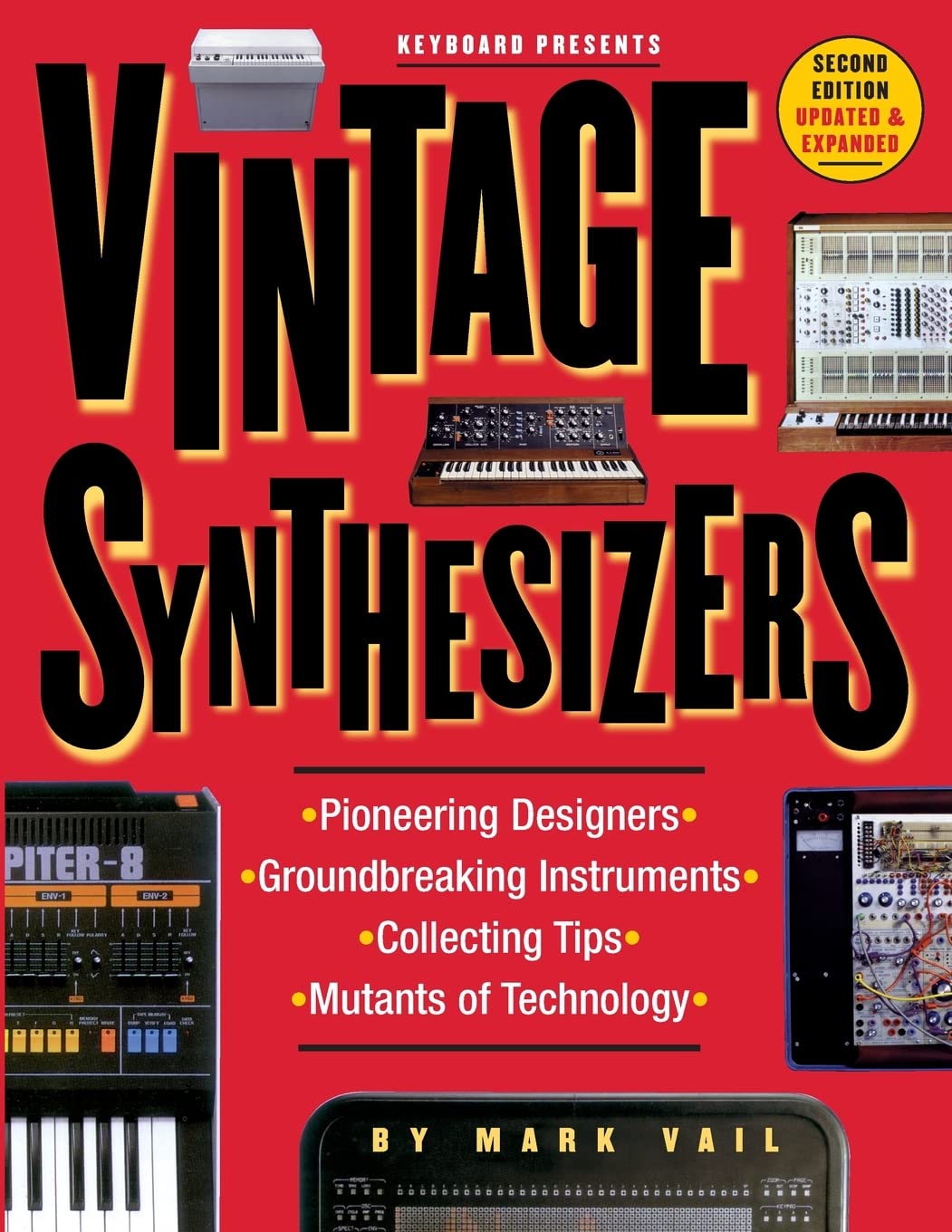
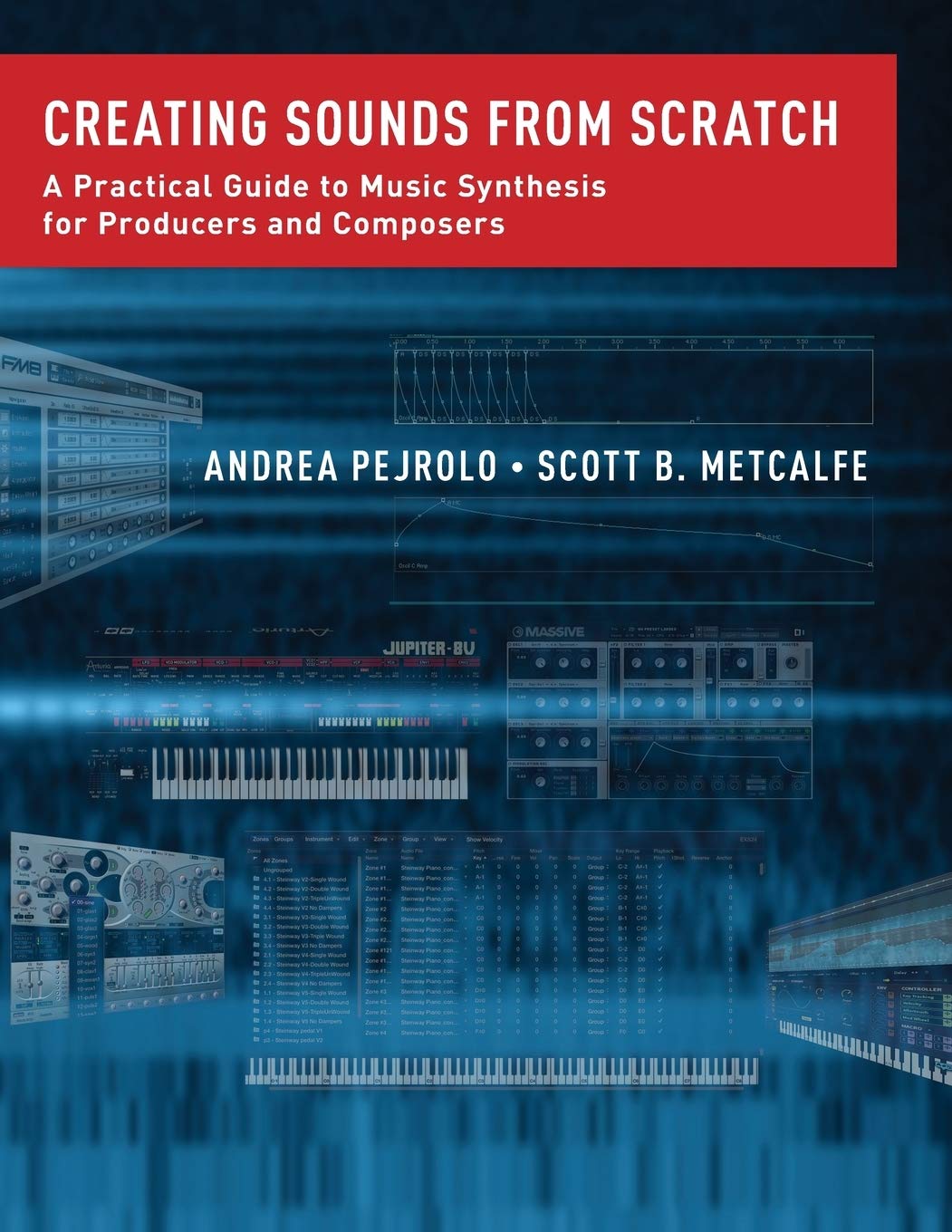
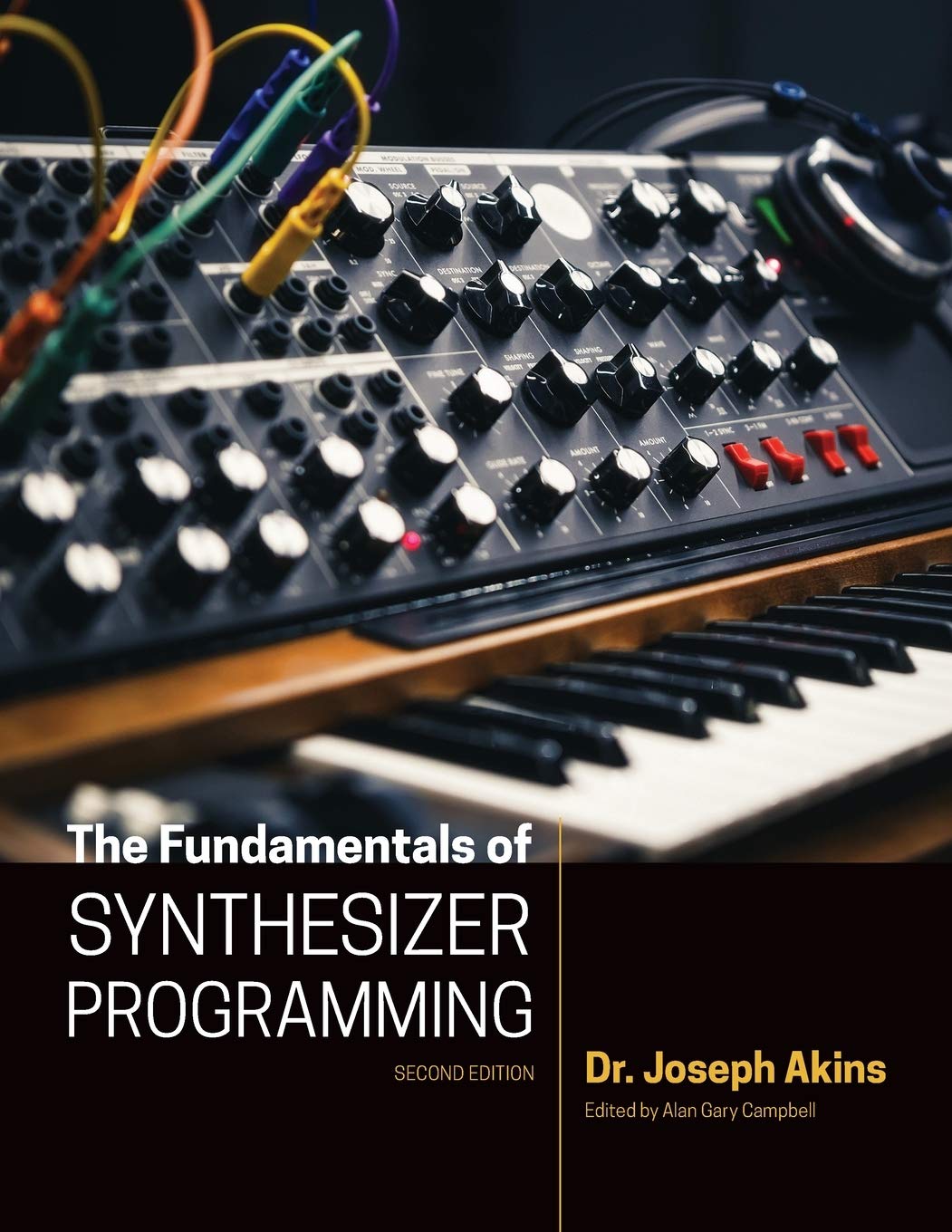
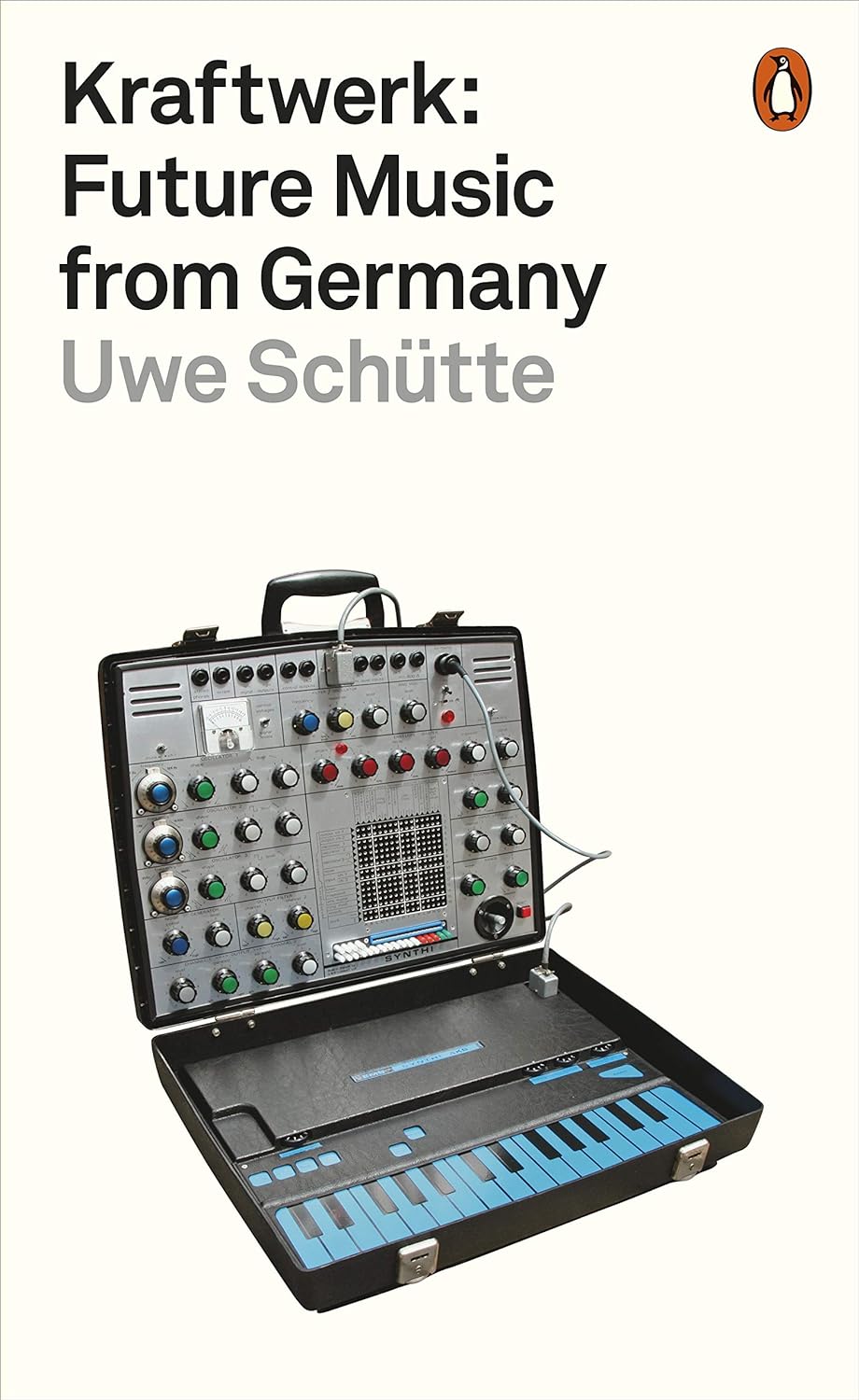
© Matrixsynth - All posts are presented here for informative, historical and educative purposes as applicable within fair use.
MATRIXSYNTH is supported by affiliate links that use cookies to track clickthroughs and sales. See the privacy policy for details.
MATRIXSYNTH - EVERYTHING SYNTH














© Matrixsynth - All posts are presented here for informative, historical and educative purposes as applicable within fair use.
MATRIXSYNTH is supported by affiliate links that use cookies to track clickthroughs and sales. See the privacy policy for details.
MATRIXSYNTH - EVERYTHING SYNTH



